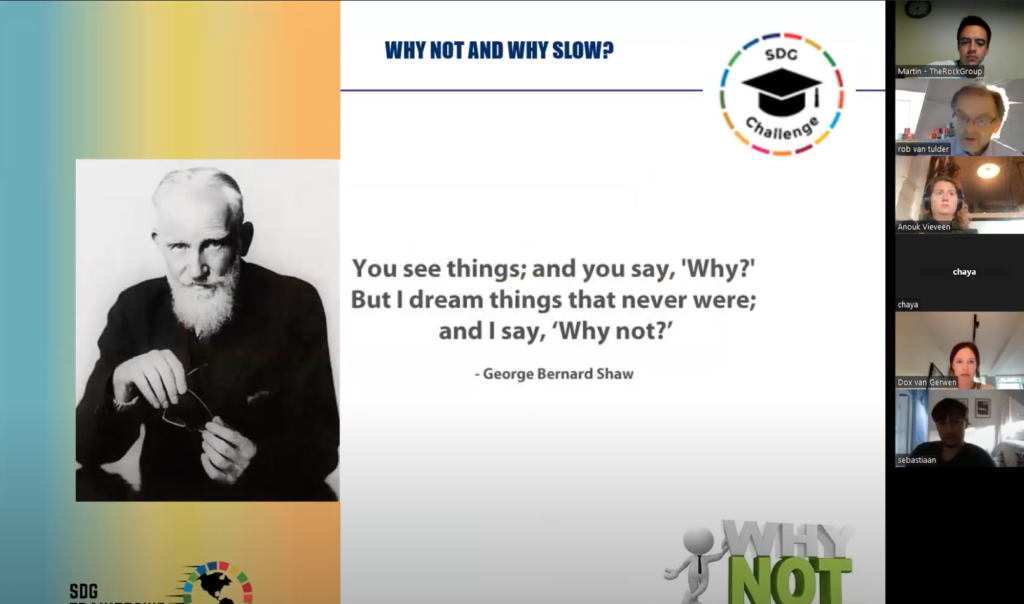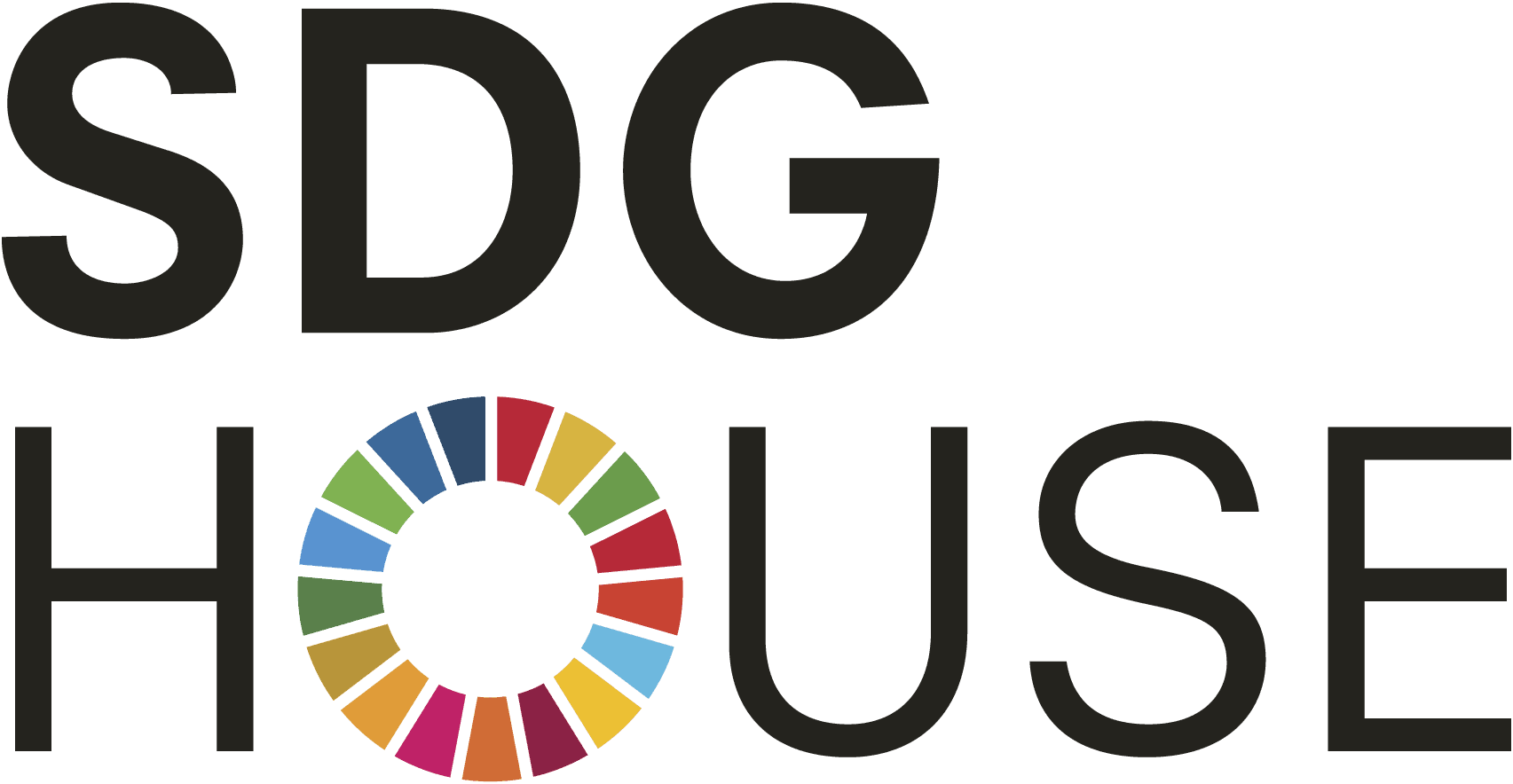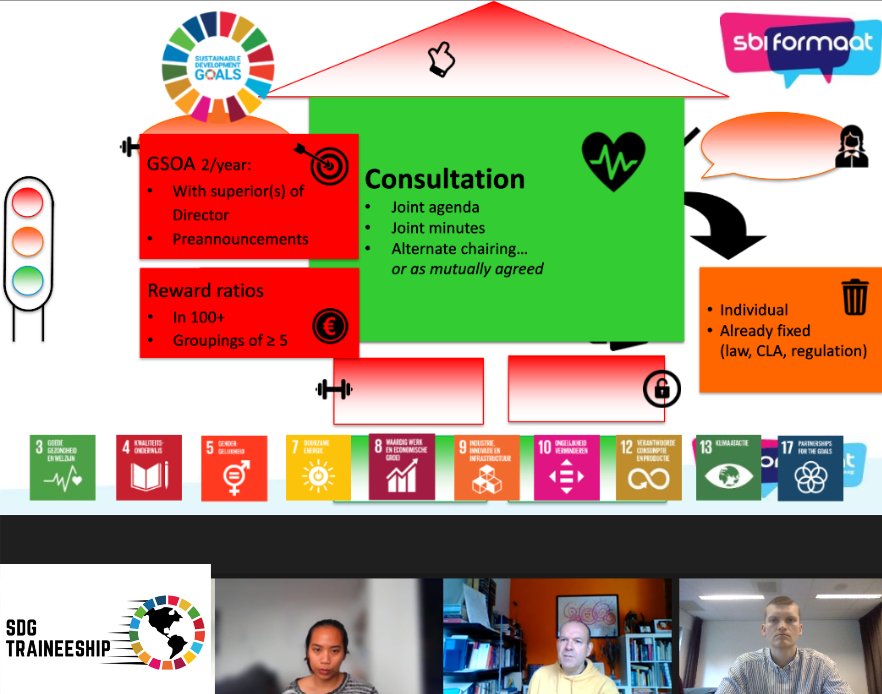“Why not?!” SDG Talk 2 by Team Gemeente Amstelveen
This week, all trainees met their clients for the very first time! Besides these introductory meetings, professor Rob van Tulder, who specializes in International Business-Society Management and focuses on sustainable enterprise, also gave his second fascinating SDG Talk. The talk of this week was focused on the following question: why has achieving the SDGs been such a slow process?

Why not?
During the talk, van Tulder encouraged us to think critically about certain societal problems and asked us why we would not undertake action regarding these. If you ask yourself: ‘Why not eradicate extreme poverty?’ you realise there actually aren’t that many reasons to not do something about it! Why not is a way of being positive in a negative situation: it is not naive, it is a sign of leadership. This question can provide a stimulus for undertaking action, because instead of the overwhelming question ‘why should we do something’ it focuses on a more positive notion. Without a biosphere there cannot be life, leading to a non-functioning society and unhappy people, which in turn is bad for the economy: you cannot have economic growth if you don’t take care of the society. So why should we not undertake action? There really is no reason to sit still!
Why has progress been slow?
Throughout the lecture, we learned about the several reasons why progress has been slow thus far:
1. The SDG challenge(s) are highly complex, and therefore require complex solutions rather than quick fixes;
2. There is no lack of intentions, but in the first few years of the SDG-era many companies chose to cherry-pick the easier targets. Currently, actors are slowly realizing that a more thorough approach is needed;
3. There has been an emphasis on negative frames, which (although often true) have proven to be poor motivators of action and change;
4. We cannot change everything at the same time. Rather, we need a form of hybrid governance where the public and private domain work together on solutions;
5. There is often an intention-realization gap, which usually results in unmet expectations.
The SDG Paradigm Shift
The lecture emphasized a shift from “forecasting” to “backcasting” scenarios when addressing the SDGs. Rather than extrapolating current trends, we should envision the world we wish to see in 2030 and work backwards to create strategies that can make this a reality. This approach encourages innovation and collaboration to overcome the challenges on the path to achieving the SDGs.
Stepping up the pace
To enable adopting successful “backcasting” strategies, we need to step up the pace according to van Tulder. Important parts of stepping up the pace are: making action SMART and actionable, using the nexus, focusing on intervention points, and start aiming at the six SDG transition tracks.
We found it very interesting to unpack the question of why progress has been slow, and to work towards constructive strategies to speed up the SDG process. These more encouraging scenarios tend to be more inspiring than the many paralyzing negative frames that are usually presented. Although there’s still a long way to go, there is also reason to look optimistically to the future as long as we work together in trying to tackle the difficult tasks ahead of us!


